The Power of Cold Therapy
It’s the year two thousand and twenty. You work out in a gym full of synthetic clothed beings who would look like superhumans a hundred years ago, complete with borderline cybernetic implants in the form of wireless headphones and health-marker tracking smartwatches.
Despite all the technological pizazz, many of the most effective innovations in the health and fitness space have been in the form of returning to our ancient biological roots.
The flagship diet of Crossfit is the Paleo Diet, named so for its emphasis on eating as ancient man evolved to eat. Heck, Crossfit itself is pretty primal as well.
Where the average rec center is lined with high tech machines, Instead, the Crossfit athlete prefers to lift big, heavy things, swing from monkey bars and climb ropes.
We throw medicine balls and sprint, and should you ever attend an official Crossfit competition, it’s as likely to be performed outside, exposed to the beating sun or the frigid cold as it is to be inside a gym.
In the same vein, one of the most promising emerging techniques for both health and training is to get out there in the elements, and specifically, out in the cold.
Cold Thermogenesis means exposing your body to cold so that it is forced to heat itself. In the moment, this process lowers heart rate, increases the creation of cold-shock proteins which leads to improvements in all manner of health markers, from cardiac function to improved levels of human growth hormone to lower blood pressure to better insulin sensitivity (and fat loss).
For athletes, this is one of the easiest and most powerful ways to boost performance, from recovering faster to gaining muscle, increasing endurance or just plain-and-simple resilience training.
Bottom line, it’s good stuff.
The Ready State is all about using simple daily maintenance techniques to be primed, healthy, and ready to move whenever we need to. I’m going to show you just how well cold acclimation fits into this picture.
First, we’ll get into the powerful physiological changes a human undergoes when we adapt to the cold, especially regarding Brown Adipose Tissue (BAT or Brown Fat.)
Next, we’ll get in more detail about the benefits that come with this acclimation to cold, from insulin sensitivity to wound healing and most importantly for athletes: nervous system recovery.
Then, we’ll get into the myriad of ways you can use cold thermogenesis yourself. Even something as simple as a short cold shower can give you an edge, while deeper exposure such as that used by The Wim Hof method can open up a whole new world of health and performance.
The Basics
Cold Thermogenesis and its benefits come down to neglected physiological tissues and processes that activate when you begin to adapt to the cold. One of the most notable is Brown Adipose Tissue (BAT) also known as brown fat.
BAT is iron-rich body fat that warm-blooded animals use to burn white body fat for heat and for fuel.
But Keenan, isn’t body fat unhealthy? Why would I want more of it, even if it’s got special cold-proofing qualities?
Here’s the thing, BAT is inversely related to insulin resistance and obesity. The more BAT you have, the less likely you are to be diabetic or obese.
It is white fat that you stack on as you become obese, and it’s actually likely you have less brown fat if obese than if you are lean.
The thing is, adult humans tend to display very little BAT and this tissue declines as we get older. In fact, it was long believed that humans only had BAT while we are babies and that none of this tissue continues to exist in our bodies beyond infanthood.
Most humans are not regularly exposed to the cold. This is where the big difference lies.
Wim Hof, also known as the iceman, is the leading proponent of cold thermogenesis for health, wellness and wisdom.
He is also one of the most well-adapted humans to the cold that exists.
This man has run barefoot marathons in the arctic circle and climbed Mt. Everest shirtless.
Wim Hof also displays BAT levels at age 60 equivalent to a 20-year-old adult male. There are definitely other components to his remarkable cold resistance, but he is a good model for the stark difference in BAT levels among those who regularly expose to the cold vs. the majority of us who do not.
This is just an example of physiological processes that lie dormant in modern man, and their activation can ally us with powerful abilities we did not know we had.
Although Wim has been training his biology to resist the cold for decades, many of his students can replicate his abilities with mere months or days of trianing.
Wim’s method of the same name (The Wim Hof Method) allows many of its pupils to accomplish superhuman feats, such as climbing Kilimanjaro in record time, barely clothed.
Every year or so, Wim leads an expedition to the top of the tallest mountain in Africa. Among those led are students of his who have practiced his method for years, but also those who have only been participating for months.
His students do absolutely no altitude training, and they tackle the summit most-often in shorts and a T-shirt if they wear anything to cover their torso at all.
Despite the lack of traditional mountaineering training or cold weather gear, Wim’s expeditions make the ascent in a mere 3 days (and sometimes 48 hours): twice as fast as traditional mountaineering groups. On top of this, he also sports a much higher success rate, with 80% or more making the summit whereas the mountain average for other expedition attempts is 41%.
With summit temperatures reaching -20 degrees celsius, and oxygen levels at 50% less than sea level, this is not simple feat. His students are cold proof and highly efficient oxygen using machines.
So what does this actually mean for health and performance? How do the benefits of cold exposure actually break down into specific benefits?
Well, let’s just say I think the next section will not disappoint you. Cold exposure has helped people tackle some of the most stubborn physical and mental health problems; From improving the nervous system to reversing obesity, and faster marathon times to borderline supernatural wound healing, prepare to be mind-blown.
The Myriad Benefits of Cold Exposure
Let’s start with Brown Adipose Tissue (BAT) specifically since we’re already familiar with it. Cold exposure has been shown in studies to have positive benefits on insulin sensitivity and weight-loss.
For those who are unfamiliar, insulin resistance, the opposite of insulin sensitivity, is the primary factor in diabetes. As your body becomes more and more resistant to the hormone insulin, it loses the ability to regulate blood sugar and eventually you end up diabetic.
This leads to a host of health problems, most notably obesity but also an increased risk of heart problems and other symptoms.
Well, higher levels of BAT have been linked to better insulin sensitivity and lower obesity. The oxygen consumption of cold-acclimatized rats is nearly twice that of the basal metabolic rate, and it is estimated that in humans, a mere 50 grams of BAT could use up to 20% of caloric energy needs.
Furthermore, in one study, 10 degrees of cold acclimation increased insulin sensitivity by 43% in type 2 diabetics, and another showed significant weight-loss in mere days of cryotherapy.
For those of us whose goals are performance and well-being, even mild cold exposure has been linked to several benefits. Namely:
- Anti-depressant effects and mood stabilization
- Improved recovery via improved nervous system function
- Lowering inflammation and treating arthritis
- Improved cold tolerance
- Greater immune function and consequence lower rates of contracting cold or flu
- Reduced muscle soreness after exercise
Cold Therapy 101
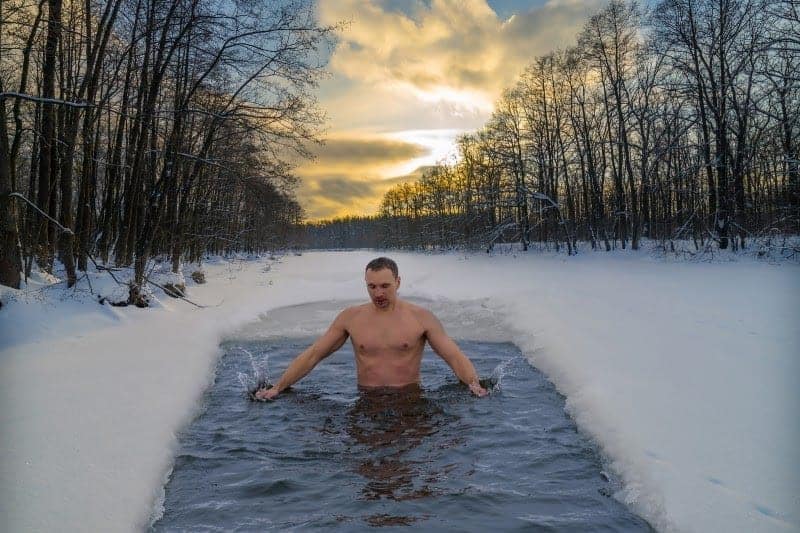
MED: Alternating Hot to Cold Shower
The Minimum-Effective Dose (MED) of cold therapy is an alternating hot to cold shower done in the morning combined with breathing.
This simple technique, performed daily, has helped me work out harder and keep better energy and focus throughout the day, and it’s pretty mild as far as cold stress goes.
Simply perform 10 rounds of 10 seconds with the hottest water you can bear, followed by 20 seconds of the coldest water you can bear.
Make sure to end on cold water, and then go on with your day. I also recommend doing this routine again at night two hours before bed, to get the sleep benefits mentioned in the last section. I think the morning shower is the better of the two, as it is great for priming yourself for improved workflow during the first part of your day, but if sleep problems are an issue for you, then do the night shower if you can’t do both.
You can increase the time of your rounds and decrease the frequency if you’d like. For example, 30 seconds hot and 1 minute cold for 2 to 4 rounds. The main thing is that you should spend more time under cold water, and end with cold water.
Even just using this technique is enough to improve exercise recovery.
Using an app called Naturebeat alongside a wireless chest-strap heart rate monitor, I am able to measure nervous system recovery using a marker called Heart Rate Variability (HRV.) HRV is well researched and is one of the most reliable ways to measure recovery.
When I use alternating hot-to-cold showers, I am consistently able to improve my HRV scores by 10 to 15 points immediately post-shower. That’s all well and good, but what if the effect is only temporary? To know if this is helping me in the long run, I measured HRV for the first week of an exercise program without cold showers.
I measured immediately upon waking every day and then introduced hot-to-cold in the following week. My HRV averages raised by about 10 points in the second week, which is significant considering that the overall exercise load on my nervous system was higher. Two weeks exercising hard and regularly tend to slowly lower your HRV scores at the levels I was training, but by introducing hot-to-cold showers, my HRV scores instead raised.
This was all from simply doing the 10 seconds hot, 20 seconds cold protocol twice a day.
“Wim Hof” Breathing and Longer Cold Exposure
The Wim Hof method centers as much around breathing techniques and meditation as it does around cold exposure.
Breath control is a direct way to tune and control your nervous system, and just doing the following breathing technique has similar benefits for HRV as the cold shower, as well as increasing endorphins and norepinephrine.
On their own, breath exercises have been show to reduce inflammation from physical activity.
The basics are this, take 30 to 50 fast but deep breaths, inhaling a full breath of air and then “dropping” the air out of your lunges.
This second part is interesting. You don’t force the air out of your lungs so much as you “dump” it out. Imagine simply letting the breath fall out like you would while sighing or yawning.
As soon as your lungs are empty, breathe in fast and fill your lungs.
Wim says it does not matter how you inhale, but I prefer to inhale through my nose. Nasal breathing increases NO2 content via your nasal structure. The inside of your nose creates NO2 using the air you breathe, which does not occur when mouth breathing.
Furthermore, I have found that I cannot fill my lungs fully when only inhaling with my mouth.
If nasal breathing is too hard to do, either because it feels weird, then just inhale with your mouth.
Do this for 30 to 50 breathes. You will likely feel a bit lightheaded when first doing this. Then on the last breath, dump all the air out of your lungs and hold your breath.
For the first week, do this technique sitting down on your bed or over a pillow. I have never experienced this personally, but some people pass out while doing this technique, and you don’t want to hit your head or fall.
Want to test the performance benefits of this? First thing in the morning, do as many push-ups as you can. Then do the breathing technique, and do the pushups again during the breath-hold (with a pillow under your face in case you pass out.)
I and others are suddenly able to do double or even triple the pushups as without the breathing technique. My max is 120 straight pushups on a single breath-hold.
Once you have acclimated to the technique, either because you no longer feel lightheaded or you know you aren’t ever passing out during the hold, you can combine this technique with the cold.
Get in the shower, and start your breathing with hot water. When you are nearing the end of your breaths, switch to cold water and sit down in the shower (so you won’t fall if you pass out.)
You will probably find that you can withstand the cold for much longer while performing the breathing, especially during the breath-hold. When you feel you can’t hold your breath, or you worry you will pass out, take a big inhale, and breathe normally.
This is the starting point for deeper cold exposure using ice baths.
Shallow Water Blackout Warning
Never combine breath holds with ice baths or swimming when unsupervised. Shallow water blackouts can happen suddenly and easily, and drowning is too big a price to pay for the benefits of cold exposure.
When I do ice baths, I do the breathing technique without the breath-hold. I either steadily slow my breathing to a normal rate after the 30 to 50 breaths or I dump the air for merely 5 to 10 seconds, and then start breathing normally.
Ice Baths
Ice baths are the tool for deeper cold exposure. The easiest way is to get a bunch of ice from the gas station and fill your bathtub with water and ice.
The name of the game is gradual exposure. Start with no more than 20 to 30 seconds, and don’t overdo it. If you start to feel frigid or shivering, discontinue the ice bath.
With that said, this is also where people start to notice more powerful benefits.
My suggestion for most people is to do the Wim Hof breathing when you wake in the morning, then do it with an ice bath later with no breath-hold. Start with 20 to 30 seconds. Over the course of days, as you are able, increase the time for up to 2 minutes.
Do not force yourself through this process. I only did a 2 minute ice bath once a week for the first year or so that I did extended cold exposure.
The Wim Hof Method
The techniques I’ve detailed so far in this guide are the most extensive I suggest anyone tackle without instruction and support, and this is where joining something like the Wim Hof Method directly, or taking a course come in.
Many people access powerful emotional, physical and health-boosting benefits by getting into more extensive cold acclimation.
In the book What Doesn’t Kill Us, journalist Scott Carney goes follows and then participates in the Wim Hof method over the course of several years.
Scott goes in open-minded but generally believing Wim to be fraudulent, and Scott’s specialty in the past has been to expose dangerous snake-oil gurus who get people hurt or even killed with their extreme practices.
However, over the course of his study, Scott participates in one of Wim’s classes, meets many of his students, and discovers powerful benefits for not only himself but manifold others.
Different students that Scott meets have performed the miraculous using Wim’s techniques, including one man who went from using the maximum allowable medication for Parkinson’s and incapable of leaving his home, to being able to function again on less than a tenth of the medications.
Other results include a man who broke his arm during a road race, but using Wim’s breathing, experienced no pain from the injury and healed from it over the course of a few weeks rather than the months that such injuries normally take.
Scott himself was able to go from being a regular joe like you and me, to spending whole days out in the snow with Wim on one of Wim’s 4-day direct teaching classes, and went on to join Wim on a summit of mount Kilimanjaro that broke records.
If these are the kinds of things that interest you, consider trying the Wim Hof course or attending a workshop. All their info is available at www.wimhofmethod.com.
There are also Facebook groups for local practitioners who group together for accountability and to act as spotters for each other when doing breathwork in frozen ponds, lakes, or large ice tubs.
Exercise & Cold
Many people like to use cold thermogenesis in conjunction with training. However, I actually think this is unnecessary.
For one thing, inflammation during a workout acts as a signal that triggers positive changes. Hitting your body with an anti-inflammatory too close to a workout may blunt this response.
This is not limited just to cold by the way. Vitamin C and oral antioxidants are not the best ideas right after a workout.
As long as you wait at least 2 hours you should be fine. I will do post-workout cold on recovery days sometimes but mostly I do my cold exposure as it’s own, separate function from exercise.
The other side of things is cold before a workout. There is only one occasion where I see benefit: before competition, and even then I don’t really recommend it.
Cold before a workout improves HRV, which can be incredibly beneficial for performance. Better HRV means better access to getting in “the zone” and making good decisions in a competition setting.
But there is risk involved with making your body cold before activity, and this is where you need to decide if it’s worth it. I know a guy who used pre-workout cold to nearly double his pull-up max. He also blew out a bicep.
You can lower your HRV with mobilizations and breathing, or meditating, so I’d rather you employ those methods.
Cold exposure at some point before your session, including hours before, will have a benefit too. No need for it to be immediately before you start your session.
If you use cold immediately pre-workout then mobilizing and warming up properly become even more important.
If you are determined to use this technique, make sure to spend at least 15 and ideally 30 minutes before training to warm up and mobilizing using techniques from The Ready State.
Summary
In summary, the cold offers profound benefits for both health and performance.
Our biology is wired for exposure to the elements, due to millennia evolving without adequate shelter or clothing.
Modern man lives without accessing these powerful systems, but when you do, the changes are borderline superhuman.
Cold exposure massively benefits fat loss, even when only using it in mild doses.
Regardless of your goals, starting out with a daily alternating hot-to-cold shower is enough to garner benefits.
I recommend doing this shower first thing in the morning, and again at night 2 hours before bed if you can. The benefits of mild cold exposure for fat-loss, mood improvement, lowering inflammation, and improving sleep quality are all backed by scientific literature.
On top of this, users consistently report improved energy and focus, exercise performance, and nervous system recovery (AKA faster workout recovery.) I and many others have even confirmed improved nervous system recovery by using Heart Rate Variability measurements, and the difference is profound.
If you want to dive in further and reach for superhuman benefits, combine deep breathing with longer cold exposure and build gradually, using either straight cold showers or full-on ice baths.
The Wim Hof method involves just such a style of cold acclimation, and it’s members have been shown in research to lower inflammation, gain control over their nervous system response, and improve their immune system.
Furthermore, students of the method regularly reverse symptoms of difficult diseases such as Parkinson’s, and perform incredible athletic feats like climbing Mt. Kilimanjaro in record time, without oxygen tanks, in shorts and optional T-shirts.
And there you have it! Cold is a lost element of our environment, and returning to it can make you just about superhuman. Go forth! Have fun, and further improve your Ready State!

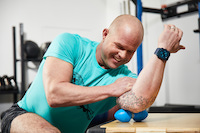
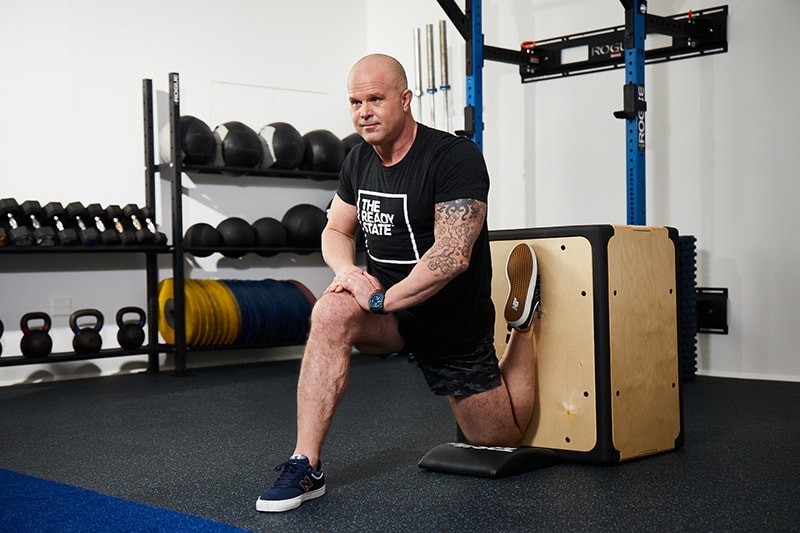
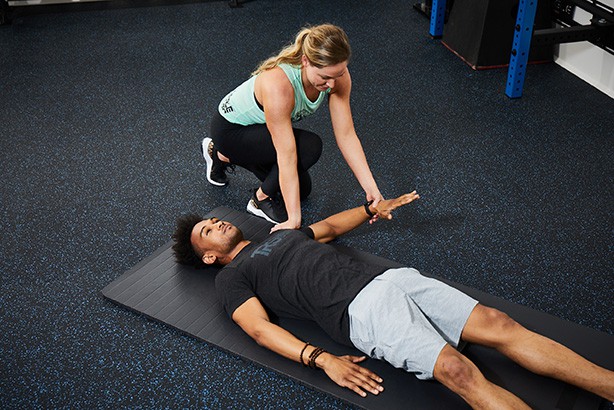
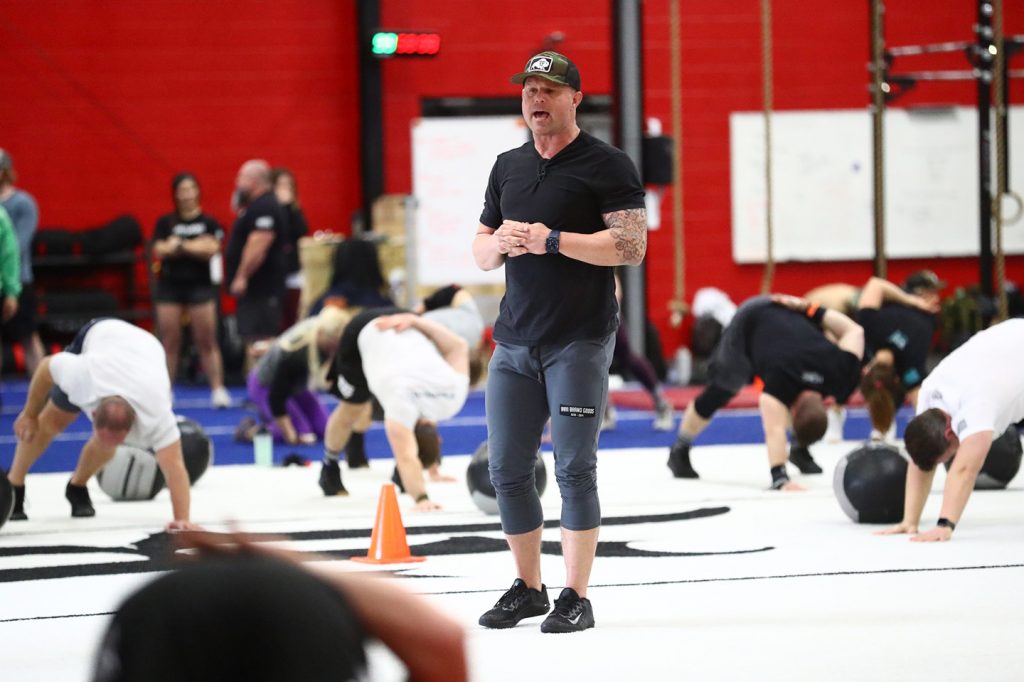
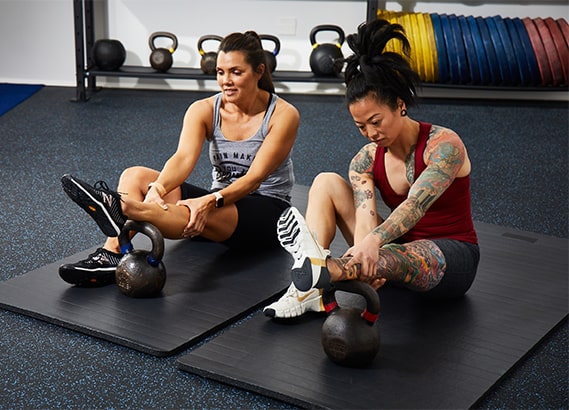
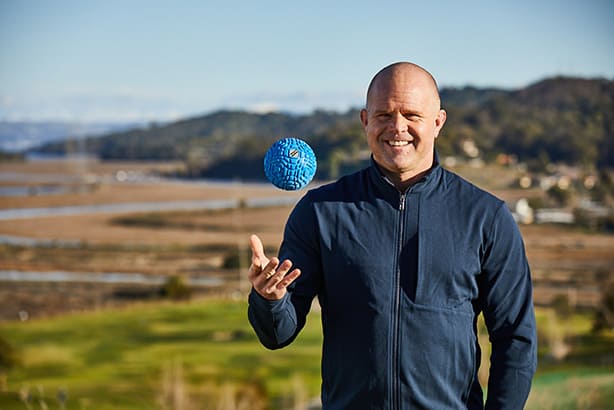
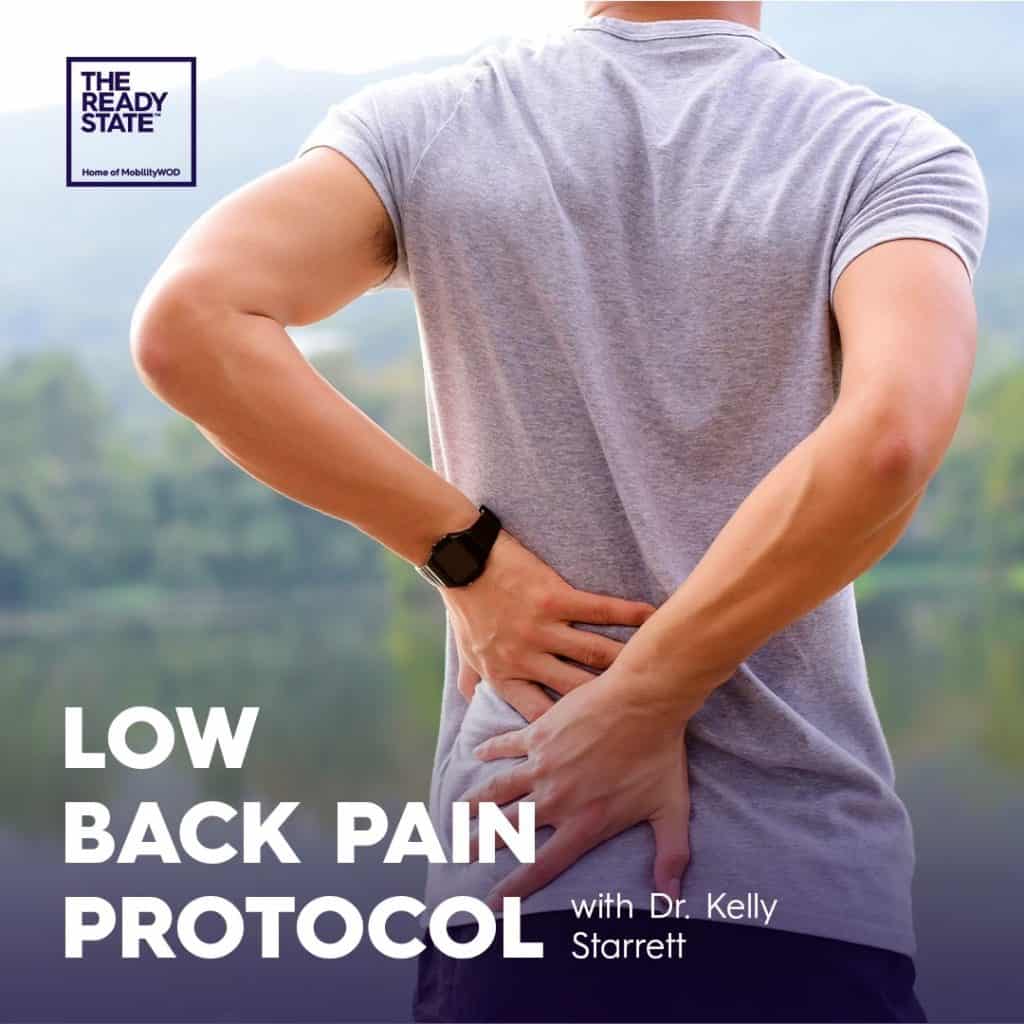
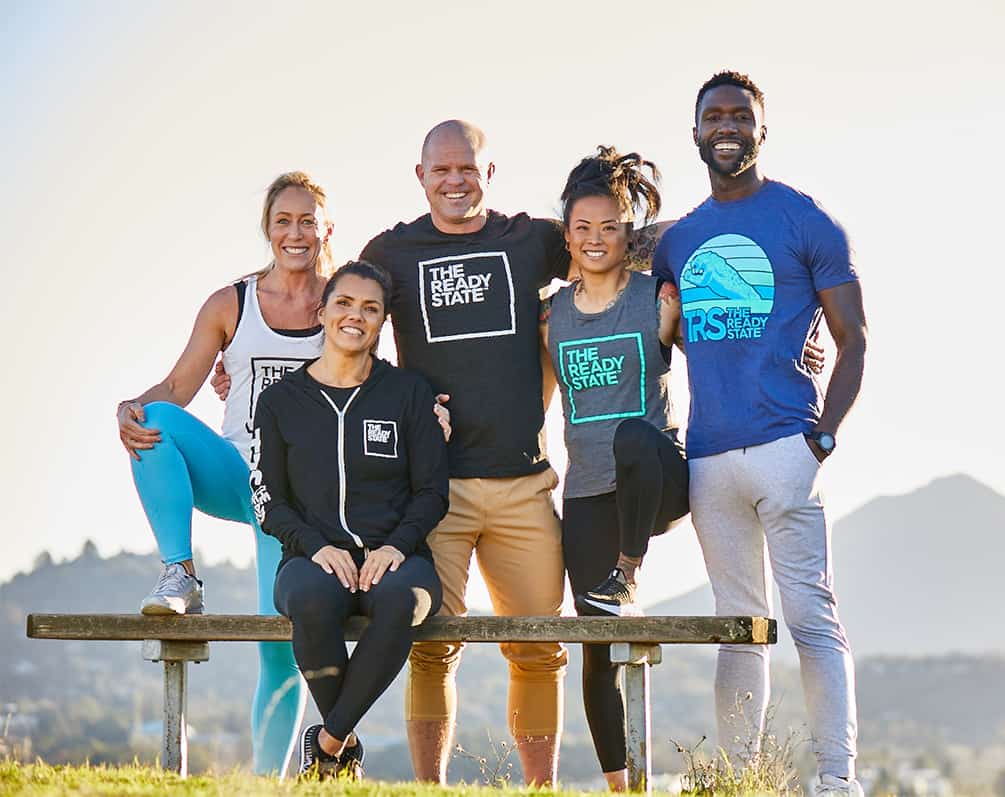
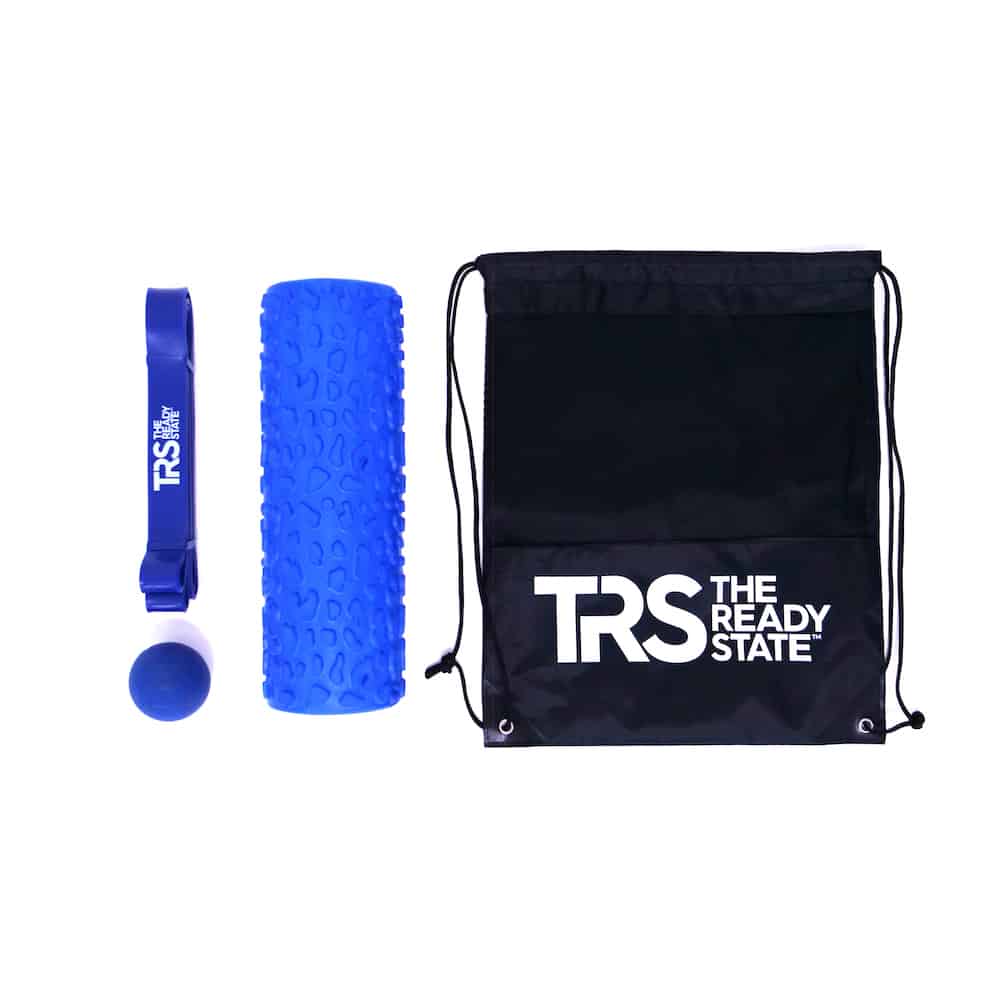
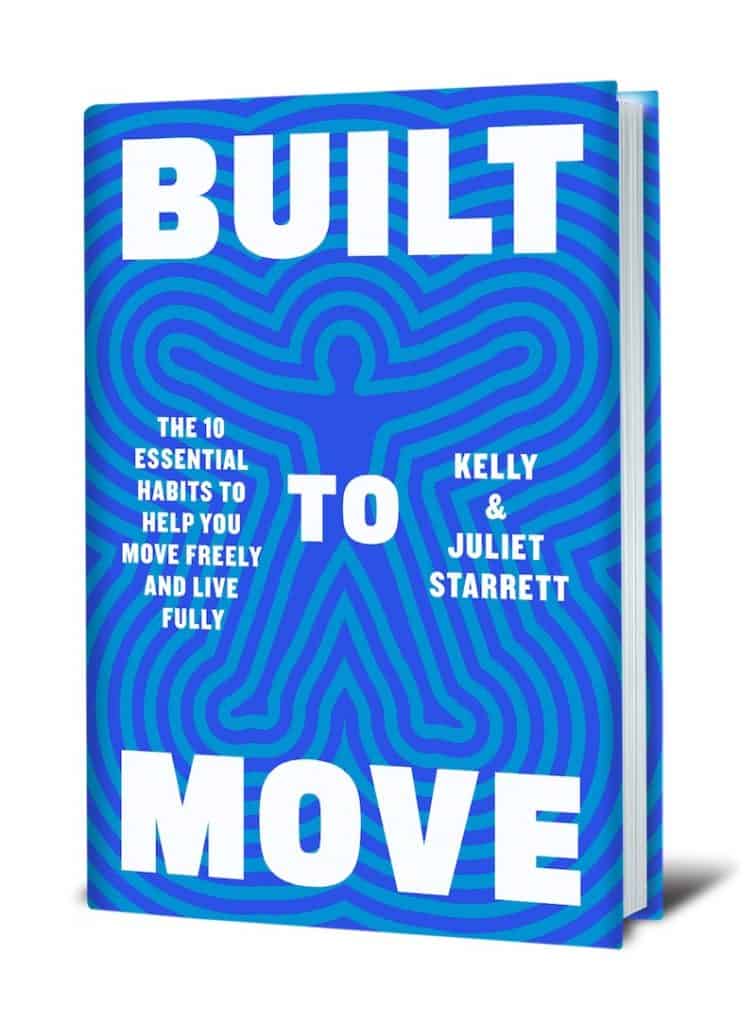
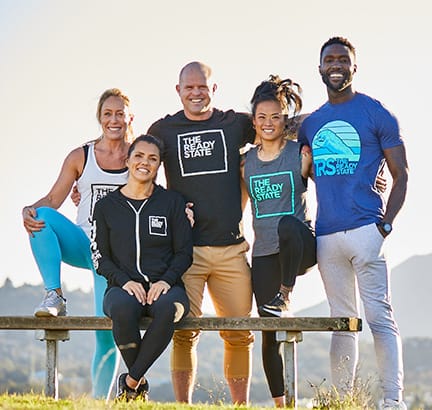
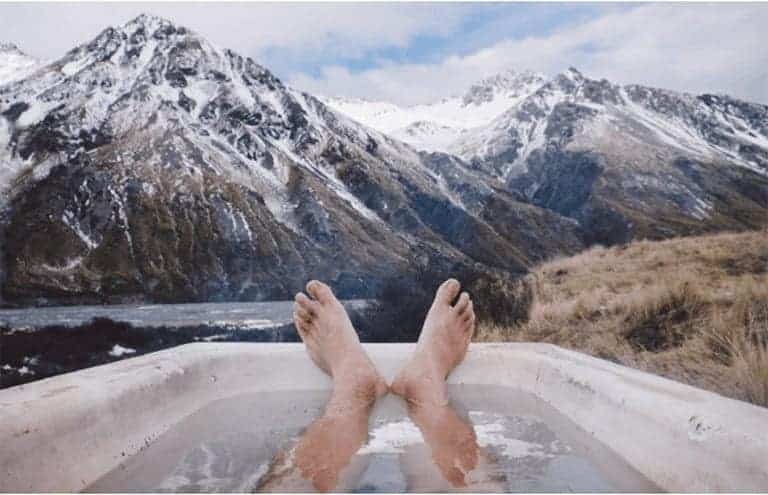






TRS Virtual Mobility Coach
Guided mobilization videos customized for your body and lifestyle.
FREE 7-Day Trial